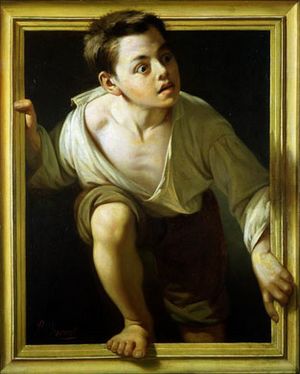Criticism facts for kids
Criticism is a word used in two senses. Originally, it meant "a scholarly analysis and balanced judgement". Later (mid-20th century) it came to mean "a hostile attack" pointing out the bad features of the topic.
- Constructive criticism: criticism to evaluate and improve. This is an important activity, especially when dealing with young people. Parents and teachers often use this kind of criticism. In adult life it is widely used in literature, the arts and science.
- Negative or destructive criticism: criticism as an attack on a person or idea. Negative criticism is often interpreted as an attack against a person (ad hominem), and appears often in debates between political opponents.
History of the word
In ancient Greek kritos meant judge, and kritikos meant the critic. Related Greek terms are krinein (separating out, deciding), krei- (to sieve, discriminate, or distinguish). The word moved from Greek to Latin (Criticus, a judge) to French (critique) to English. The words "critic" and "critical" existed in the English language from the mid-16th century, and the word "criticism" first made its appearance in English in the early 17th century.
See also
 In Spanish: Crítica para niños
In Spanish: Crítica para niños

All content from Kiddle encyclopedia articles (including the article images and facts) can be freely used under Attribution-ShareAlike license, unless stated otherwise. Cite this article:
Criticism Facts for Kids. Kiddle Encyclopedia.

